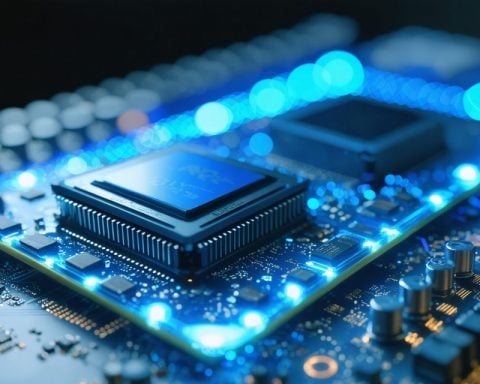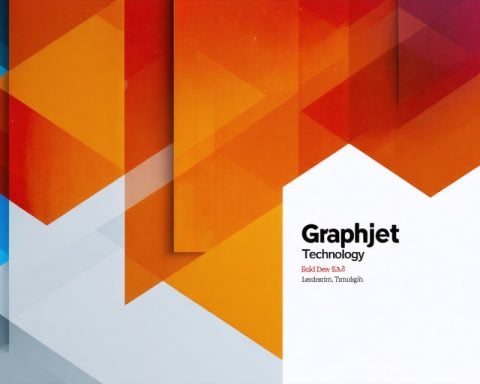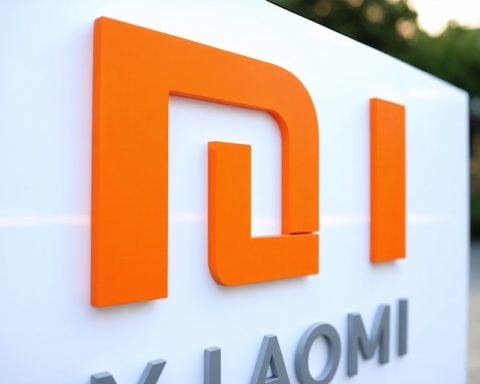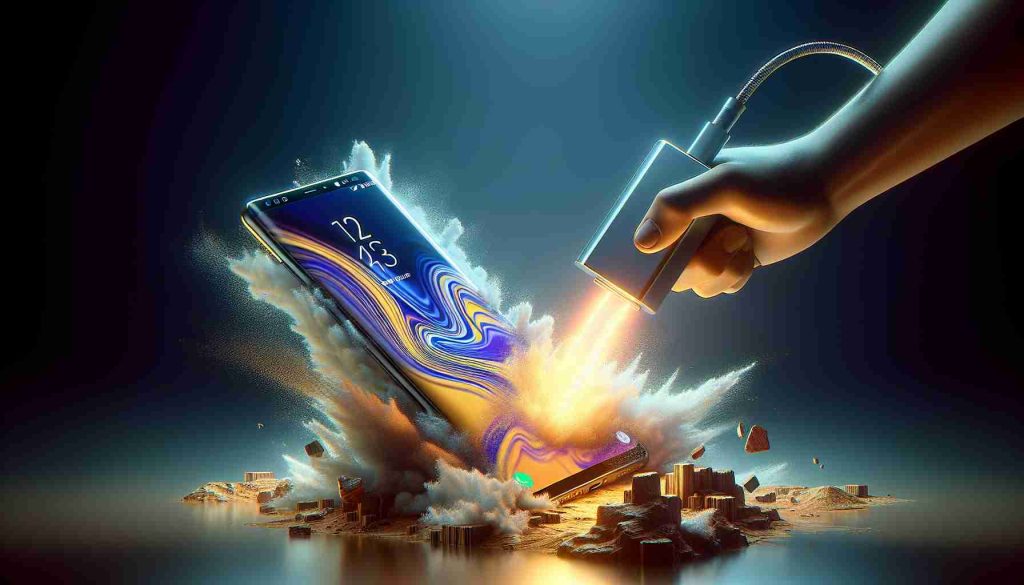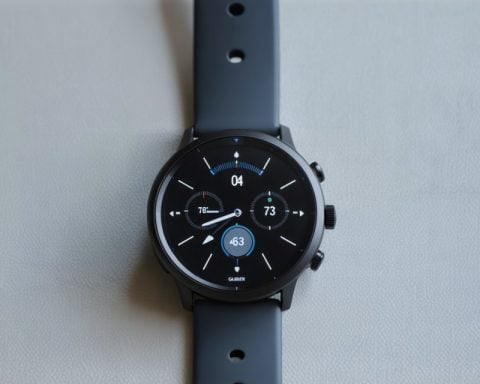Huawei Technologies, a leader in the tech industry, has launched its latest Mate 70 smartphone series, poised to revolutionize the premium smartphone market. This launch marks a significant technology stride as Huawei continues to redefine its product line, distinguishing itself from its competition and detaching from U.S. tech dependencies.
Unveiled in a grand event in Shenzhen, the Mate 70 builds on its predecessor, the Mate 60, and aims to challenge Apple’s dominance in high-end smartphones. This release aligns with an anticipated wave of stricter U.S. export controls that might further limit Chinese semiconductor access, tightening the tech landscape.
Richard Yu, the head of Huawei’s consumer division, revealed that the Mate 70 stands as the brand’s most advanced phone to date. Unlike its rivals, Huawei has integrated a unique satellite paging system into the device, coupled with improved chip functionality powered by the new HarmonyOS NEXT. This operating system upgrade promises a 40% performance boost and signifies Huawei’s ongoing quest for software independence, distancing further from Android frameworks.
The Mate 70 starts at a competitive 5,499 yuan, setting its stage against Apple’s iPhone 16, priced at 5,999 yuan. Supported by 15,000 applications already, Huawei plans an aggressive expansion within its HarmonyOS ecosystem.
Reports suggest the Mate 70 utilizes groundbreaking chips developed by Semiconductor Manufacturing International Corp (SMIC), highlighting impressive local advancements in semiconductor technology. As a testament to Huawei’s resilient market strategy, its shipment figures have soared, securing its position as the second-largest smartphone vendor in China.
The Unseen Ripple Effects of Huawei’s Mate 70 Launch
Huawei’s recent unveiling of the Mate 70 series is not just about innovation in smartphone technology; it’s a move that carries significant implications for individuals, communities, and entire nations. Beyond the anticipated features and powerful performance enhancements, the release of the Mate 70 is reshaping several facets of the global tech arena.
Impact on Chinese Technology Independence
The Mate 70 is more than just a phone—it’s a symbol of China’s growing technological self-sufficiency. With tighter U.S. export controls looming, Huawei’s ability to develop its own semiconductor chips, in partnership with Semiconductor Manufacturing International Corp (SMIC), marks a turning point for China’s tech industry. This could lead to increased national pride and a boost in local tech innovation, creating opportunities for Chinese engineers and entrepreneurs.
How Does This Affect the Global Market?
One might wonder, “Will this push other countries into a tech race?” As Huawei distances itself from U.S. technology, other nations may feel compelled to bolster their own tech industries. This shift can drive competition, encouraging innovation and leading to better products globally. However, it might also exacerbate trade tensions and lead to increased regulation and nationalization of tech resources.
Community and Economic Implications
Communities in China stand to benefit economically from Huawei’s independence. With the company investing heavily in R&D and local production, job creation could see a significant uptick. This might also inspire tech ecosystems in other emerging markets to pursue similar self-reliance strategies, fostering global technological development.
Advantages and Controversies
Advantages:
1. Enhanced Competition: With Huawei challenging Apple in the high-end market, consumers could enjoy better products at competitive prices.
2. Technological Sovereignty: Countries looking to decrease reliance on foreign tech may view Huawei’s move as a viable blueprint for independence.
Disadvantages:
1. Market Fragmentation: The bifurcation of tech standards and ecosystems (HarmonyOS vs. Android/iOS) may lead to compatibility issues across different regions.
2. Geopolitical Strain: Increased focus on tech autonomy might strain international relations and disrupt global supply chains.
Exploring the Technological Divide: A Double-Edged Sword?
The advancements in technology heralded by Huawei’s Mate 70 are groundbreaking. However, an essential question arises: “Does technological independence mean better global collaboration, or does it drive a wedge between tech superpowers?” While it’s a boon for innovation and self-reliance, it risks driving a deeper divide between regions with access to cutting-edge technologies and those without.
For more insights into how tech companies are innovating and changing the landscape, check out Tech News and CNET.








